- Written By Team DWS
- Festivals
- August 08, 2024
The Significance of Parsi New Year: Culture, Customs, and Celebrations
Parsi New Year, also known as Jamshed Navroz or Navroz, is a vibrant and significant celebration for the Parsi community across the globe. Rooted deeply in the traditions of Zoroastrianism, this festival marks the beginning of the year in the Parsi calendar. Despite having its origins in Persia, now Iran, the celebration has evolved and integrated various cultural elements, making it a distinct observance for Parsis around the world, particularly in India and Pakistan.
In this blog, we’ll explore the rich tapestry of culture, customs, history, and celebrations associated with Parsi New Year, reflecting the resilience and spirit of a community that has thrived for centuries.
Understanding the Parsi Community
The Parsis practice Zoroastrianism, one of the ancient monotheistic faiths that has significantly shaped the spiritual landscape of the world. Founded by the prophet Zoroaster in ancient Persia over 3,000 years ago, the core teachings of Zoroastrianism revolve around the concepts of good thoughts, good words, and good deeds. Parsis migrated to India from Persia to escape religious persecution in the 7th century AD, and they settled primarily in Gujarat and Mumbai.
Despite their relatively small numbers, the Parsi community has made significant contributions to Indian society in various fields, including commerce, science, arts, and philanthropy. Parsi New Year serves as a reminder of this rich heritage, celebrated with joy and reverence.
-dws638586807011979189.jpg)
The Historical Background of Jamshed Navroz
Jamshed Navroz is believed to be named after King Jamshed, a mythical figure who is credited with establishing the Parsi calendar around 3,000 years ago. According to Zoroastrian lore, King Jamshed was a wise and just ruler who brought prosperity and joy to his people. The celebration of Navroz signifies renewal, rebirth, and the arrival of spring, encapsulating the spirit of hope and rejuvenation.
The Parsi New Year is usually celebrated on the first day of the month of Farvardin in the Zoroastrian calendar, which falls around late March or early April in the Gregorian calendar. It marks not just the start of a new year but also the commencement of the spring season, symbolizing the victory of light over darkness and good over evil.
Cultural Significance of Parsi New Year
The importance of the Parsi New Year extends beyond simple celebration; it represents the essence of Zoroastrian values, rich traditions, and the deep sense of community that defines the faith. The day is marked by introspection, gratitude, and the renewal of commitments to moral and ethical living. It reminds the community of their roots, their beliefs, and the importance of kinship.
Spirituality and Reflection
At its core, Parsi New Year is a time for spirituality and reflection. Parsis attend prayer services at fire temples, where the sacred element of fire is honored. Prayers and rituals are conducted to invoke blessings for the new year. The essence of renewal is emphasized through offerings made to the fire, expressing gratitude for the past year and hopes for the coming one.
Embracing Family and Community
Family and community bonds are central to the Parsi identity. During Navroz, families come together to celebrate, reaffirming the importance of unity and support. It is customary to visit the homes of relatives and friends, sharing the joy of the occasion. Children, who are often the centerpiece of celebrations, receive new clothes, sweets, and gifts, reinforcing the values of love, togetherness, and continuity of tradition.
Customs and Traditions
Parsi New Year is rich with various customs and traditions that lend depth to the celebration. These practices vary somewhat from region to region, but they all capture the shared essence of renewal, joy, and togetherness.
Cleaning and Decorating Homes
In the days leading up to Navroz, it is customary for Parsis to clean their homes thoroughly. This practice signifies the removal of negativity and the welcoming of positive energy for the new year. Homes are often decorated with fresh flowers, colorful rangoli (a decorative art form made from colored powders), and lit lamps, embodying warmth and vibrancy.
Special Feasts and Culinary Traditions
Food plays a pivotal role in Parsi New Year celebrations. Families prepare and share traditional dishes, symbolizing abundance and blessings. Some popular dishes include:
- Saas ni Machchi - A favorite fish dish cooked in a garlic sauce.
- Patra - A delectable dish made from colocasia leaves, typically prepared on special occasions.
- Dhandar - A sweet dish made of semolina, often served to guests.
- Pulao - A fragrant rice dish often accompanied by meat or vegetables.
The culinary diversity among Parsis reflects the cultural assimilation over centuries, making the feast a gastronomical delight.
-dws638586806533207631.jpg)
Your Ultimate Guide to Parsi New Year: FAQs Answered!
1. What is Parsi New Year?
Parsi New Year, or Navroz (Nowruz), signifies the Persian New Year celebrated by the Parsi community, an ethnic group rooted in the ancient Zoroastrian faith. This festival marks the first day of the year in the Iranian calendar and typically falls on or around the spring equinox.
2. When is Parsi New Year celebrated?
Parsi New Year is celebrated on the first day of the month of Farvardin, which usually falls between March 20th and March 21st each year. The date may vary slightly depending on the year and the region. The Parsi community in India adheres to the Shahenshahi calendar and marks their new year in the months of July or August.
3. What are the main customs and traditions associated with Parsi New Year?
Parsi New Year traditions include:
- Cleaning and decorating homes: People clean their houses and decorate them with colorful items to welcome the New Year.
- Attending prayers: Parsis often go to fire temples to offer prayers and seek blessings for the New Year.
- Feasting: Special meals are prepared, and traditional dishes are served, including sweets and festive foods.
- Exchanging greetings: People greet one another with "Navroz Mubarak," meaning "Happy New Year."
4. What traditional foods are associated with Parsi New Year?
Traditional foods enjoyed during Parsi New Year include:
- Sali Boti: A dish made of tender meat served with crispy fried potatoes.
- Patra: A popular snack made from colocasia leaves.
- Dahi Dabba: A yogurt dish often served with biryani.
- Desserts: Sweets like Bhakra, Lagan nu Aloo (potato cake), and various traditional pastries.
5. What is the significance of Parsi New Year?
Parsi New Year embodies the essence of rejuvenation, renewal, and the victory of righteousness over darkness. It is a time for Parsis to reflect on the past year, make resolutions for the coming year, and celebrate their heritage and culture.
6. How do people wish each other on Parsi New Year?
People wish each other "Navroz Mubarak" or "Navroz Mubarak!" which translates to "Happy New Year!" This greeting is shared among family, friends, and the community.
7. Are there any specific rituals performed on Parsi New Year?
Yes, several rituals are performed, including family gatherings, prayers at fire temples, offering of sweets and fruits to the fire (representing divine purity), and lighting candles. Respecting the elements of nature and showing gratitude for blessings are also essential aspects.
8. Why do Parsis wear white on Parsi New Year?
Wearing white symbolizes purity and new beginnings. Many Parsis wear white attire as a sign of goodness and optimism for the coming year.
9. Can non-Parsis celebrate Parsi New Year?
While Parsi New Year is primarily a community-specific celebration, non-Parsis are often welcomed to join in the festivities, especially during public celebrations, events, and gatherings. It is a great opportunity to understand Parsi culture and traditions.
10. How is Parsi New Year different from other New Year celebrations?
Parsi New Year is unique due to its Zoroastrian roots, customs, and traditions. Unlike other New Year celebrations that may occur on January 1st or during different calendars, Navroz is specifically tied to the Iranian calendar, with distinct rituals that reflect the Parsi community's beliefs and values.
These FAQs aim to provide a comprehensive understanding of Parsi New Year and its significance within the Parsi community. If you have any further questions, feel free to ask!
Popular on Blogs
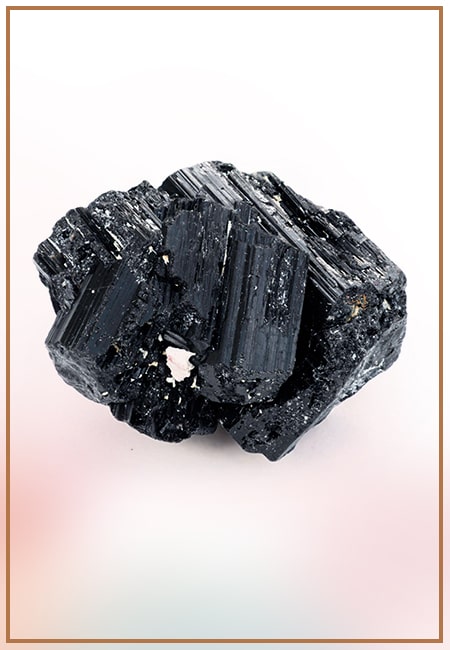
Black Tourmaline: Meaning, Healing Properties, Fascinating Facts, Powerful Attributes, Versatile Uses, and Beyond
September 05, 2023 / BY Team DWS
Black Tourmaline, also known as Schorl, is a highly revered crystal with incredible metaphysical properties. It derives its name from the Dutch word "turamali," meaning "stone with ..
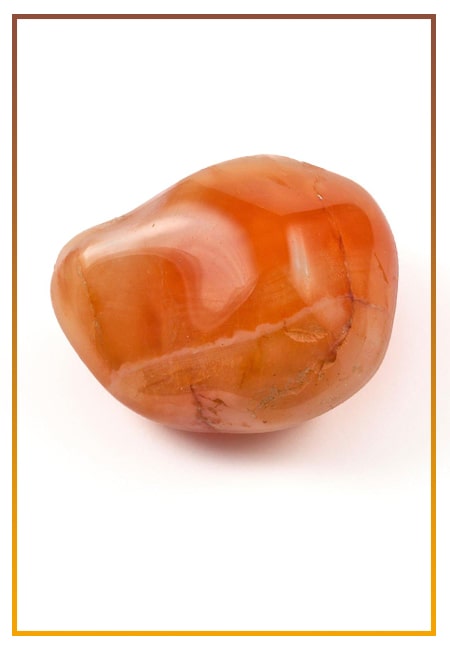
Carnelian Stone: Meaning, Healing Properties, Power, Facts, Color, Uses and More
December 26, 2023 / BY Team DWS
Carnelian is a vibrant and captivating gemstone that holds a plethora of meanings, healing properties, and powers. Its warm and fiery energy makes it a popular choice among crystal ..
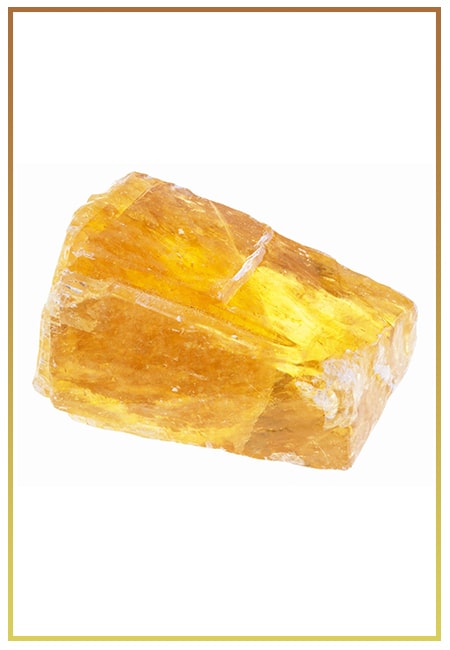
Citrine: Exploring its Meaning, Healing Properties, Fascinating Facts, Powers, Versatile Uses, and Much More
November 18, 2023 / BY Team DWS
Citrine, with its warm golden hues, has captured the attention and imagination of people for centuries. This beautiful gemstone, commonly associated with wealth and prosperity, hol ..

Black Onyx: Unveiling the Meaning, Healing Properties, Fascinating Facts, Powerful Attributes, Versatile Uses, and Beyond
July 25, 2023 / BY Team DWS
Black Onyx, a striking gemstone admired for its deep black hue and elegant appearance, has captivated people for centuries. In this comprehensive guide, we will delve into the mean ..
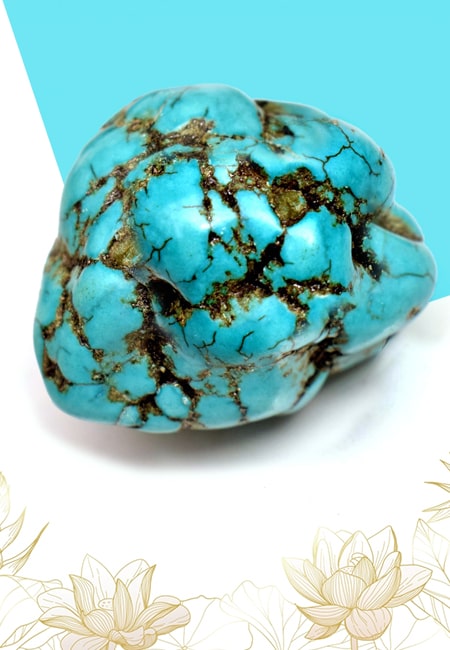
Unveiling the Mysteries of Turquoise Stone: Exploring its Meaning, Healing Properties, Power, Facts, Color, Uses, and More
December 05, 2023 / BY Team DWS
Turquoise, with its captivating blue-green hue, has been adorning jewelry and artifacts for centuries. This striking stone has a rich history, rich symbolism, and a plethora of int ..
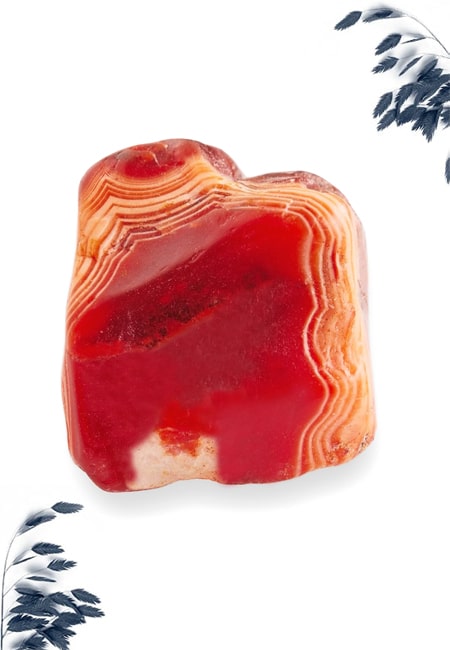
The History Behind The Popularity of Red Agate
December 23, 2022 / BY Team DWS
An Agate is a type of magma rock that takes many years till it is washed out naturally into the water. And that is the reason this stone has elements of water. This beautiful stone ..

Plan a Perfect Valentine's Week with Our Valentine Week List 2025
January 22, 2024 / BY Team DWS
Valentine's Day is undoubtedly the most romantic day of the year, but we believe that one day is just not enough to express your love and make your partner feel special. That's why ..
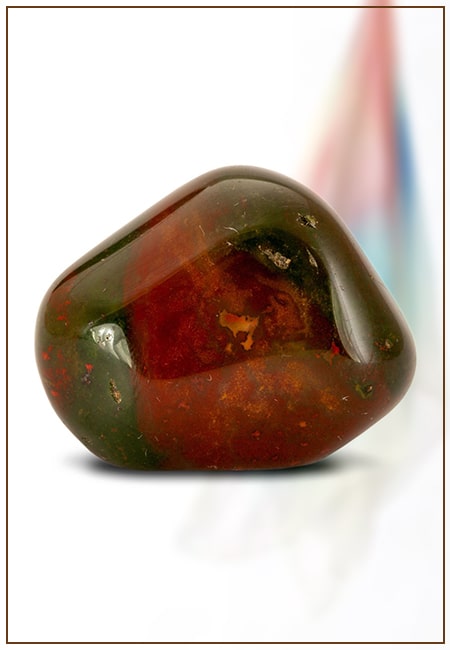
Bloodstone: Unveiling the Meaning, Healing Properties, Facts, Powers, Uses, and More
August 21, 2023 / BY Team DWS
Bloodstone, with its captivating deep green color with specks of red, is a mesmerizing gemstone that has fascinated civilizations for centuries. It possesses unique healing propert ..


